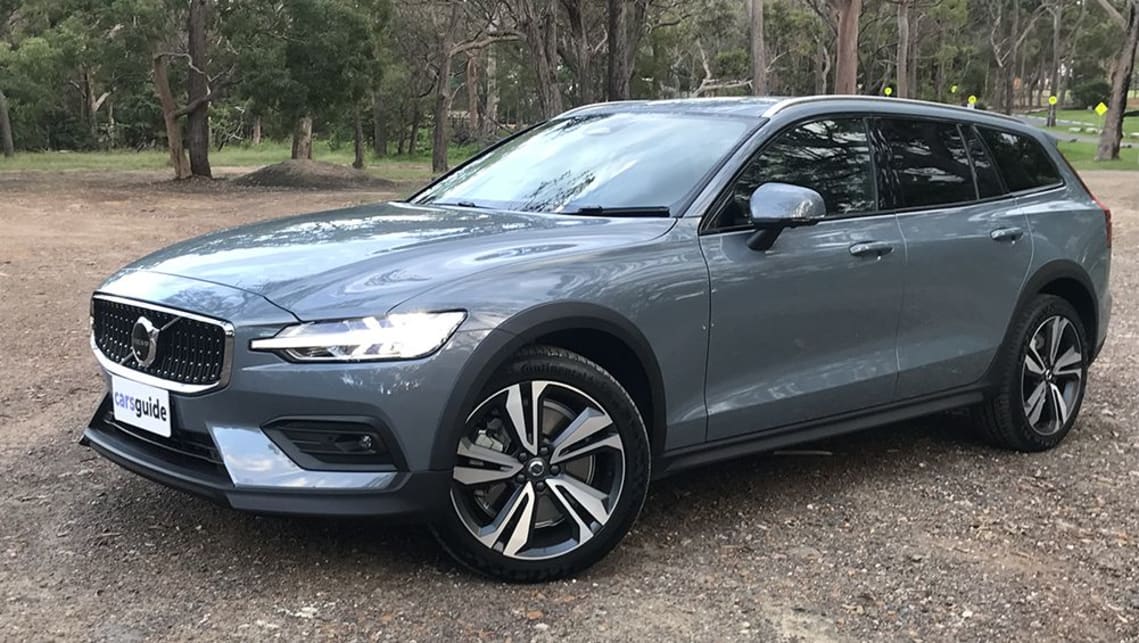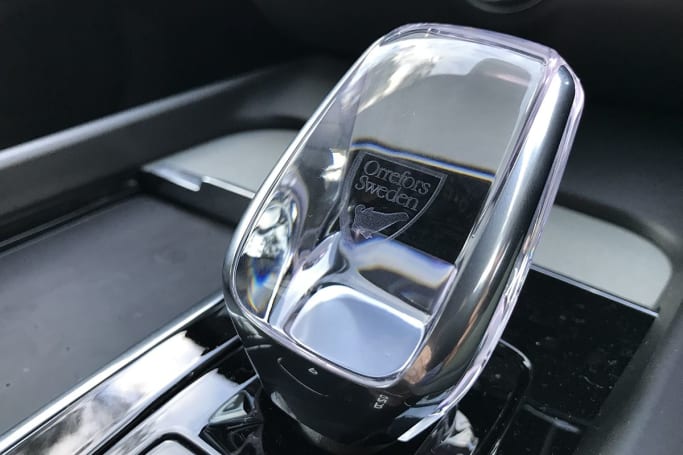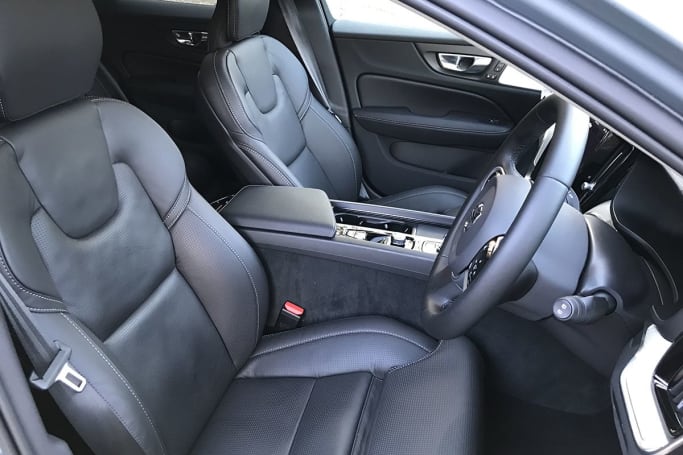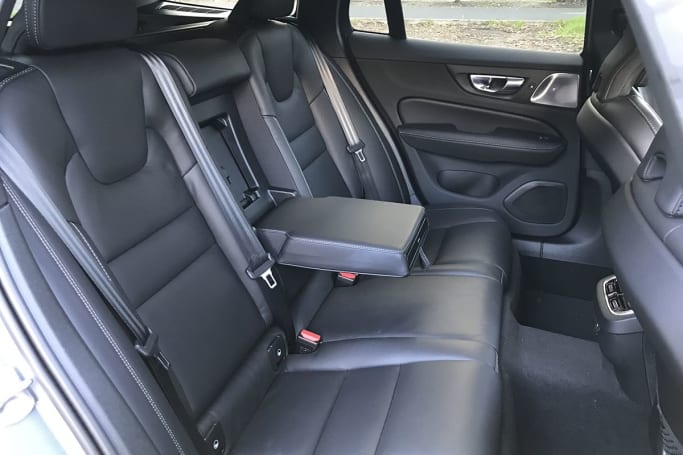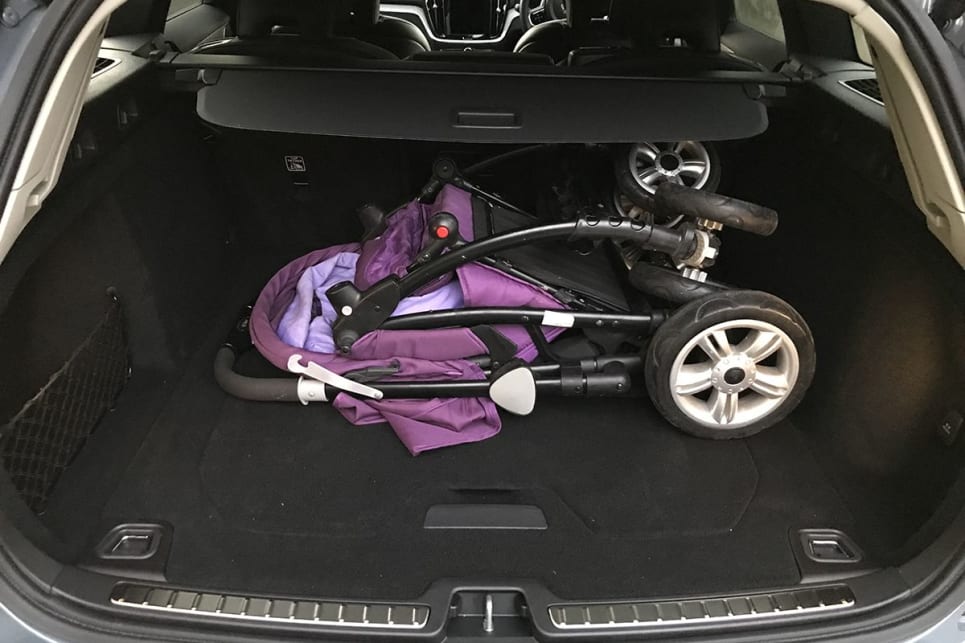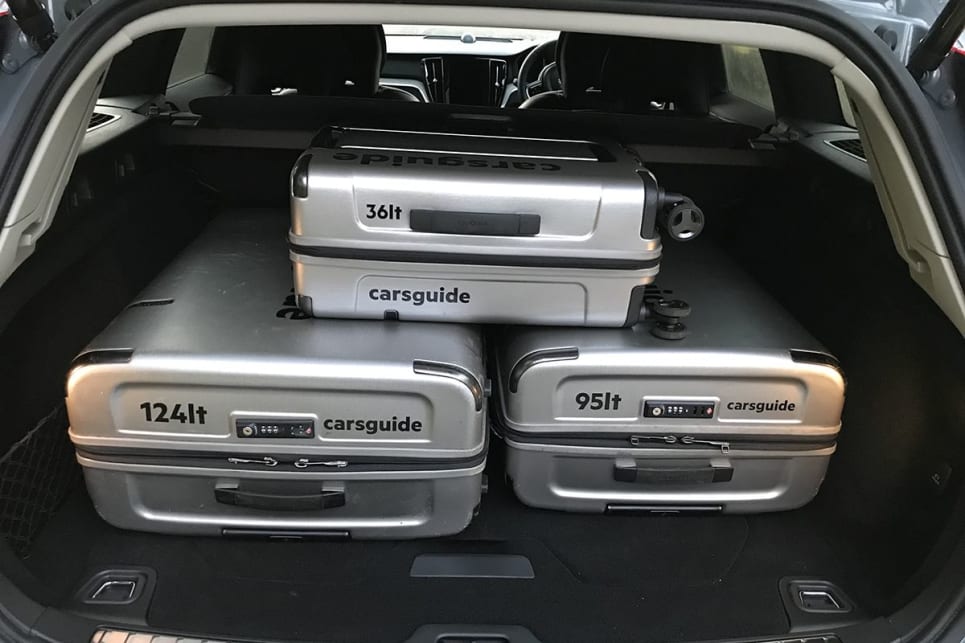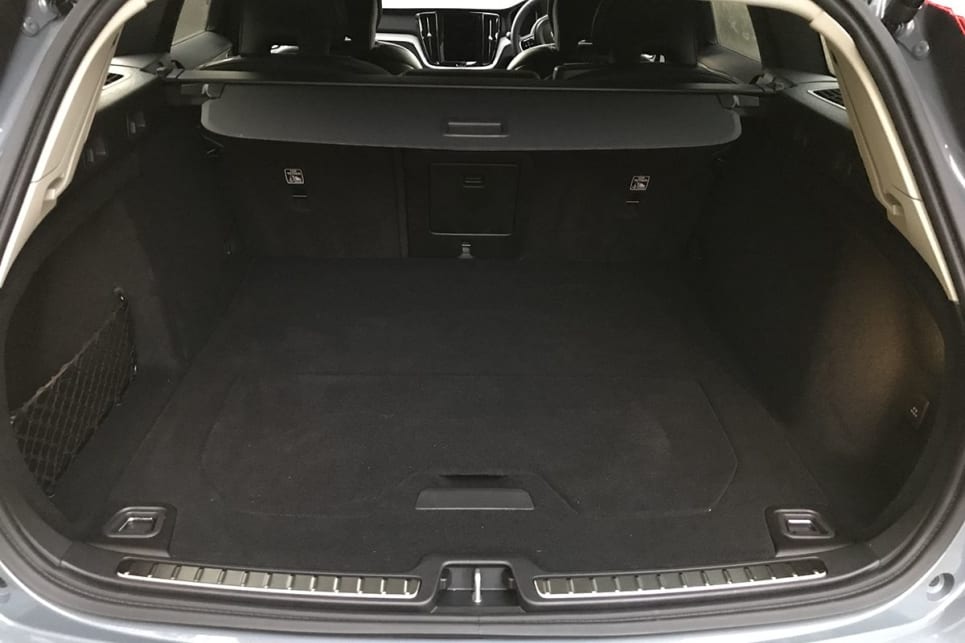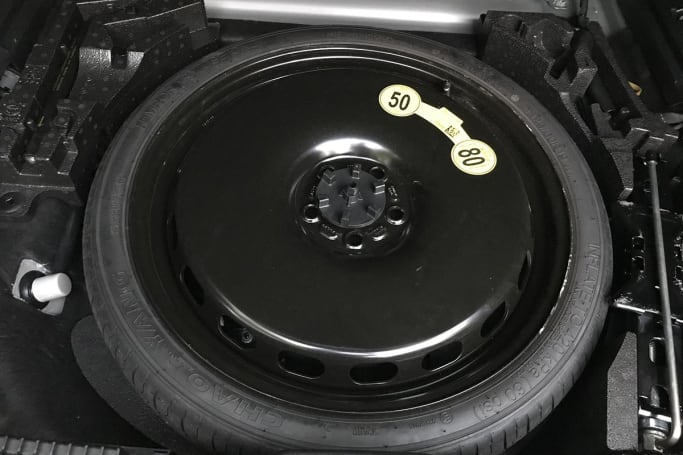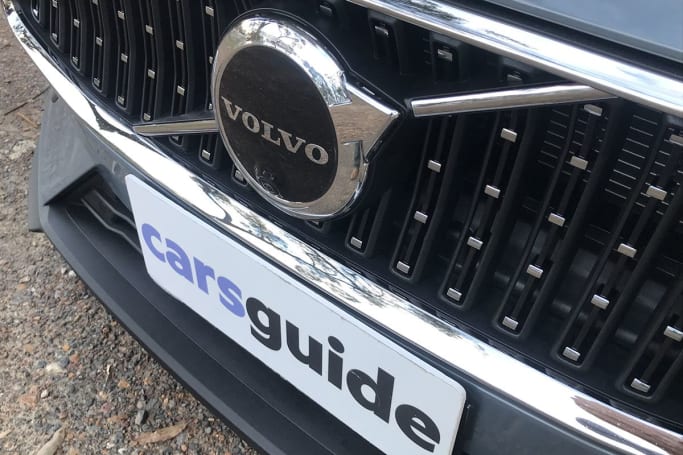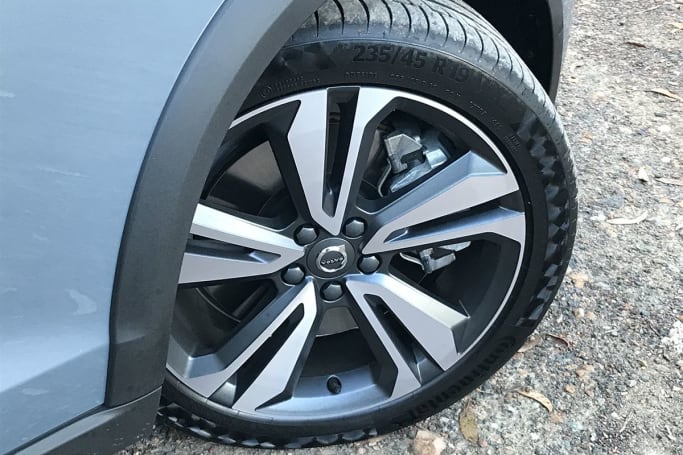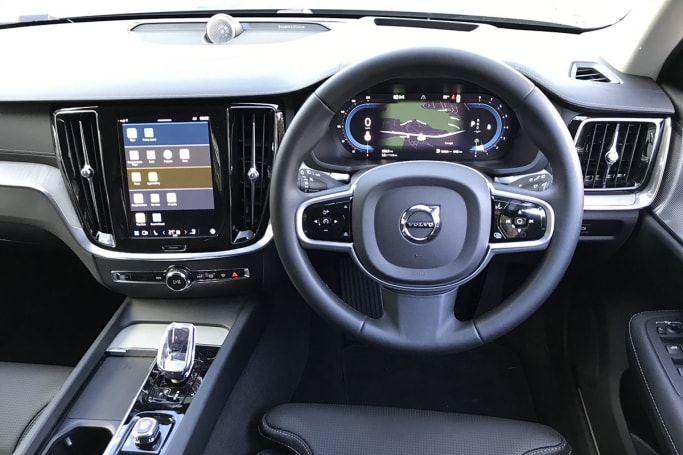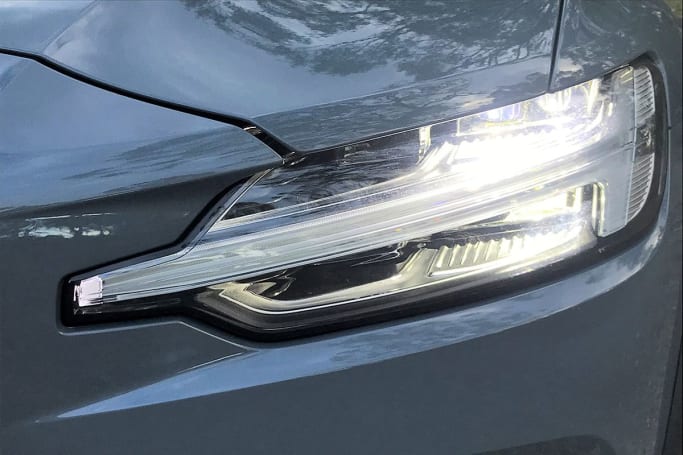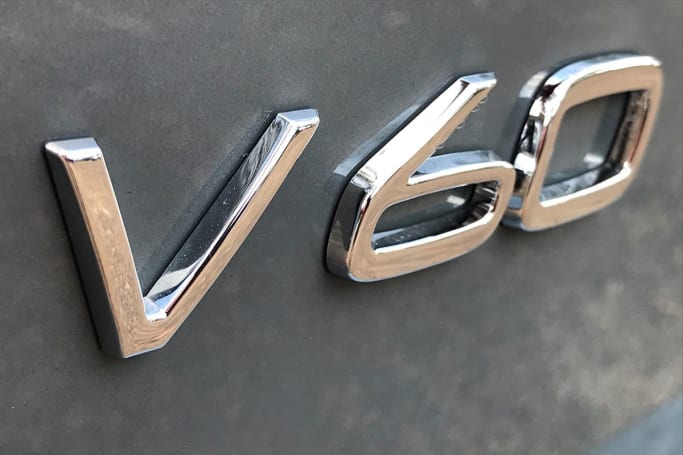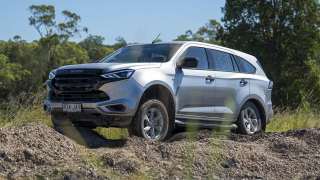At $60,490, before on-road costs, the Volvo V60 Cross Country sits in the middle of three broadly comparable competitors - the Peugeot 508 GT Sportwagon ($65,657), Subaru Outback Touring ($55,990) and Volkswagen’s Passat Alltrack 162TSI Premium ($62,790).
A ‘civilian’ V60 is offered in other markets, in front- and all-wheel drive, powered by a variety of petrol and diesel engines. But the higher riding, all-wheel-drive Cross Country variant is the single choice here.
Hence the alignment with similarly priced ‘soft-roaders’ like the Outback and Passat Alltrack.
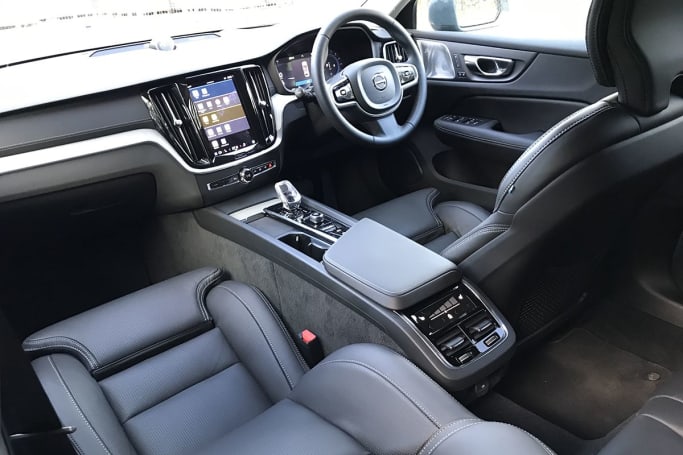
The $60K threshold is a pretty significant one, and at that money you have every right to expect a lengthy standard equipment list. And the V60 XC delivers.
Aside from the safety and performance tech covered separately, this five-seat wagon features a head-up display, 9.0-inch central multimedia screen (with touch or voice control), 12-inch driver display, leather-accented trim, four-zone climate control, a heated steering wheel, keyless entry and start, Apple CarPlay, 10-speaker 220W audio (with digital radio), multi-adjustable electric front seats (with two-position memory on both sides) plus heated seats (front and rear).

Then there’s ‘Google built-in’ for four years (Google Assistant, Google Maps, Google Play and more), adaptive cruise control, auto LED headlights, 19-inch five-spoke alloy rims and a power tailgate. A solid package for the money.
Our test example had several options lavished upon it in the shape of a 15-speaker, 1410W Bowers and Wilkins premium audio ($4200), perforated Nappa leather-accented interior trim ($3150), front seat massage function ($1100) and tinted rear windows ($750).
At an as-tested price of $78,690 the V60 starts to rub shoulders with premium players like the Audi A4 Avant 45 TFSI Quattro S Line MHEV ($78,200), but even then the value equation stacks up well.


